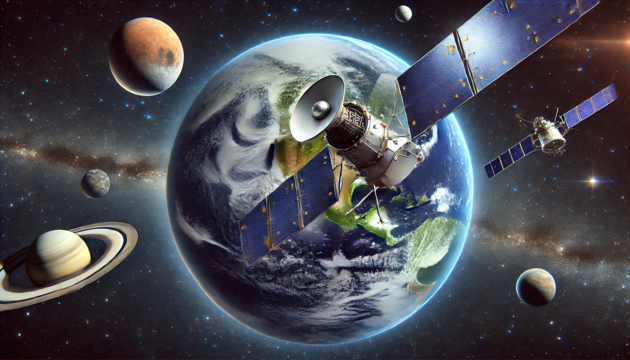
To access the full video please subscribe to FLLCasts.com
- #2002
- 01 Jul 2022
This is what one of our easiest robots looks like:

EasyBot
Before we begin construction, we will take a look at some of the parts of the robot.
Motors

Motors
These are the "legs" or "muscles" of the robot.
Microcontroller (Brick)

LEGO SPIKE Brick
LEGO calls that part "the intelligent brick". You can think of it as the "brain" of the robot. However, it is a microcontroller or a small computer where you can upload the programs you have created from a regular computer. Then, based on the programs, the brick can read data from the sensors and operate the motors.
LEGO Technic parts

Some of the main LEGO Technic parts in the LEGO Mindstorms SPIKE set
There are several parts in the image above. Can you match the names to the parts?
- Tire
- Rim
- Double Black Pin
- Triple Long pin
- Bush
- Gear
- Beam
- Axle
- Axle pin
Courses and lessons with this Tutorial
This Tutorial is used in the following courses and lessons

Level A1 - Space Adventure - Robotics with LEGO SPIKE Prime
This is the first level of the LEGO Robotics Curriculum for second, third, and fourth-grade students.
A "space adventure" but with robots. Different robot structures are built in Level A1. The motors are controlled so that the robots perform precise movements around the "Earth", "Moon" and "Sun". We use the force sensor to overcome various obstacles we bump into. We learn interesting facts about the solar system and space vehicles.
- 65
- 30:30
- 76

Lesson 2 - Tidal waves
Introduction
Today, we will focus on an interesting effect caused by the Moon: tidal waves.
You may know that massive bodies have an attractive force - gravity. The Moon's gravity pulls the water in the oceans, which causes the sea level along the ocean coasts to temporarily rise or fall. The increased level is called high tide, and the decreased level is called low tide.
How much, do you think, can the difference between high and low tide be in the world?

The distance between high tide and low tide sea levels can reach up to 16 meters in the Bay of Fundy in Canada, and the lowest differences are in the Mediterranean, Baltic, and Black Seas, where they are only a few centimeters. We will use 50 cm as an average value as it is convenient for the task.
- 10
- 5
- 12
- 3d_rotation 1